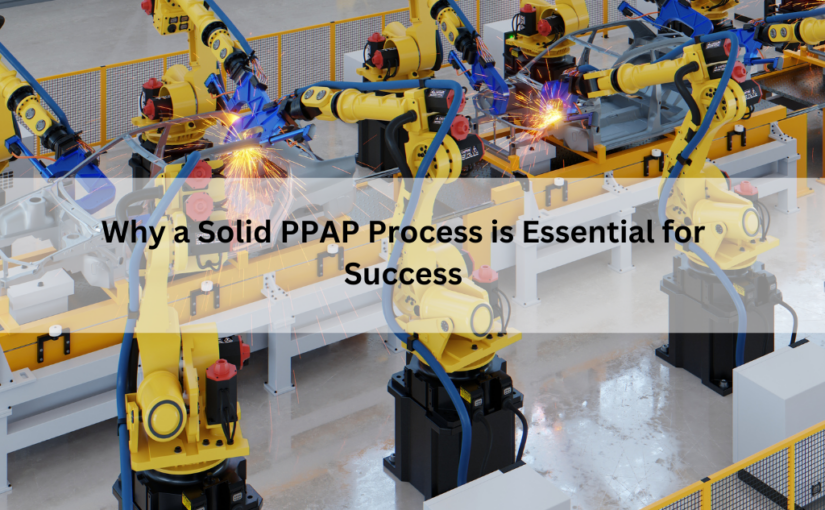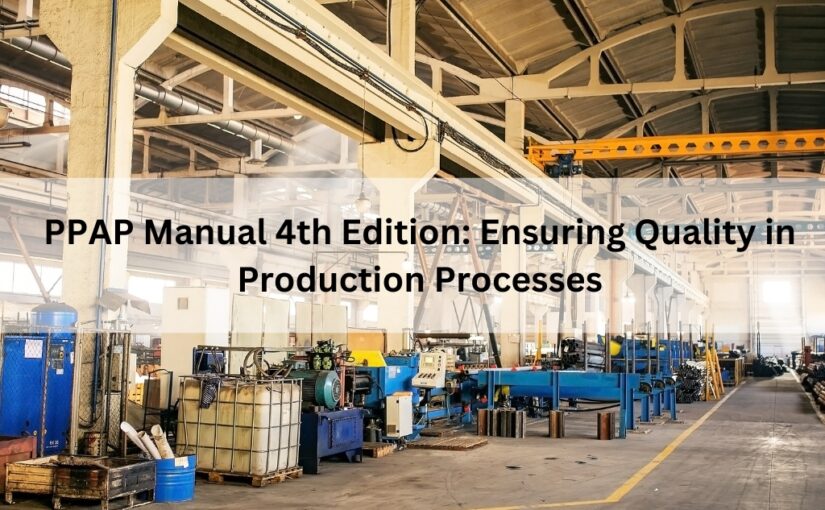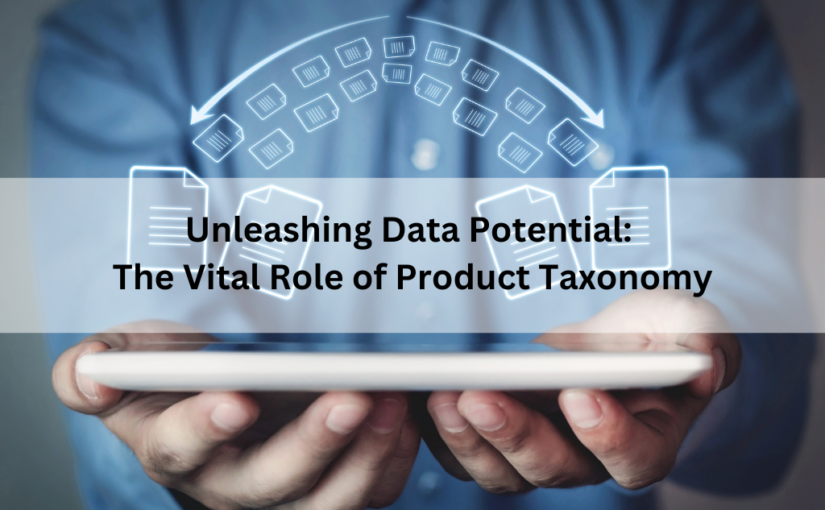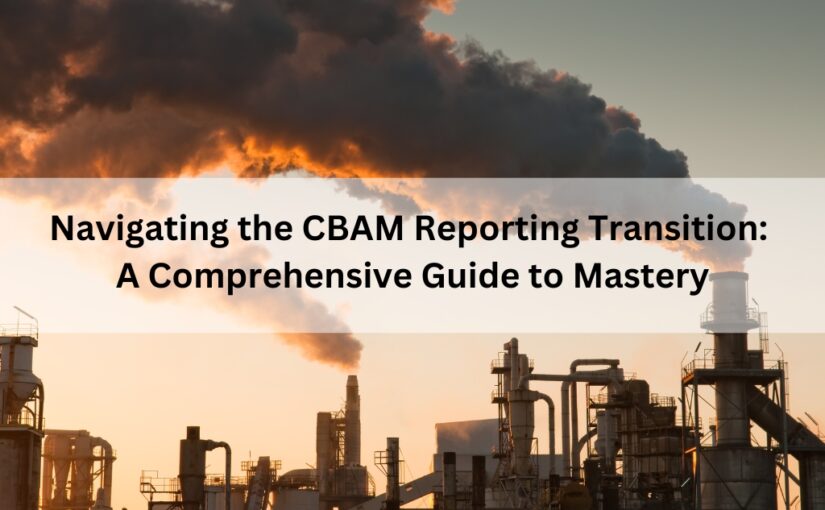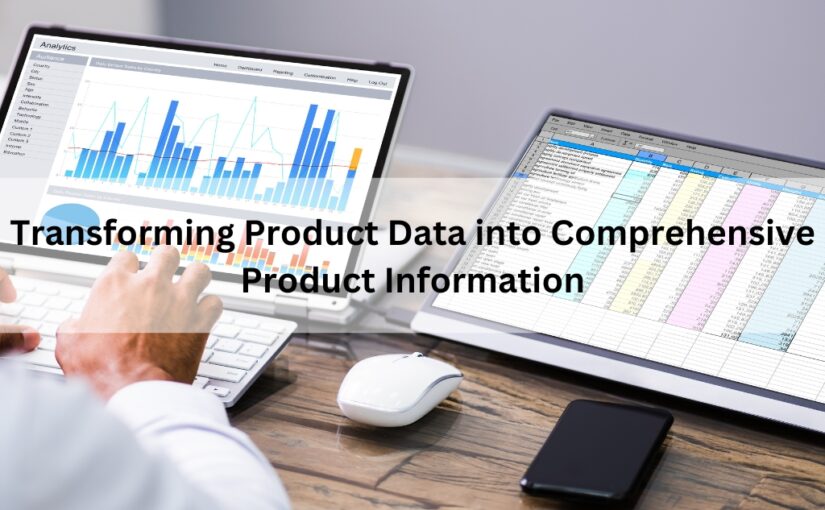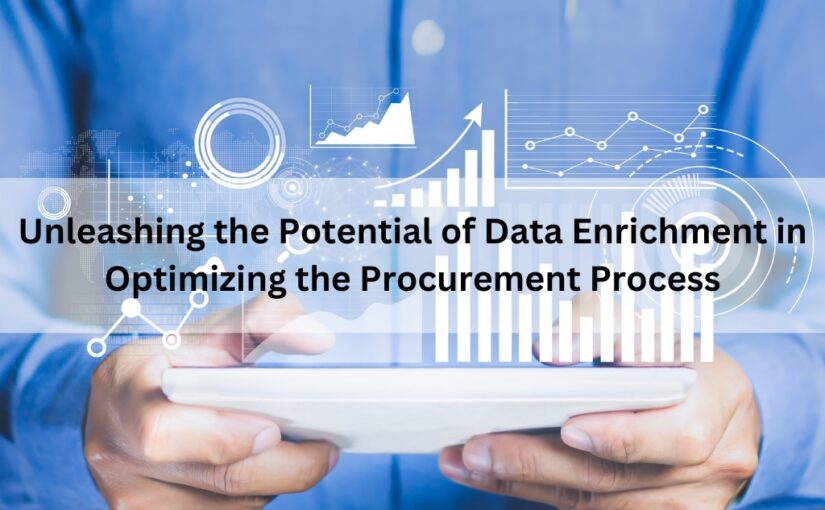Digital Signal Processing – More than Mere Music
Digital signal processing, or DSP, is the way in which analogue or real-life signals are turned into digital signals so they can be digitally manipulated. This happens at ultra-fast speed, with endless potential for signal enhancement and reconstruction.
To the layman, DSP programming is associated with the entertainment industry. However, DSP has many uses, processing vocal, audio, video, temperature, pressure, light, positioning and other signals so the information can be analyzed, displayed or converted in some way.
DSP programming works in combination with conventional analog hardware, which is required to receive the signal in its original state. An Analog-to-Digital converter then transforms this data into mathematical binary code (a series of ones and zeros). The DSP processes this information, before sending an output which can be understood by the user. This may be done as a digital signal, or in analog form following Digital-to-Analog conversion.
Digital Media Recorders (e.g. MP3 players and the Apple iPod) are a masterpiece of VLSI design, and a good example of DSP programming in practice. During recording, the analog audio signal is input through a receiver. Following analog-to-digital conversion, the signal is sent as binary code to the digital signal processor. The DSP encodes the MP3 track, saving the file to memory. During playback, the file is downloaded, decoded by the DSP, converted back to analog and output through the earphones or speakers. FPGA programming has enabled highly complex models to evolve, with equalization, user interface etc.
We at Enventure Technologies offer a full range of solutions for DSP and FPGA designers, including PCB layout and CAD services.

